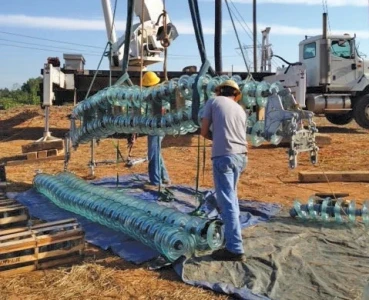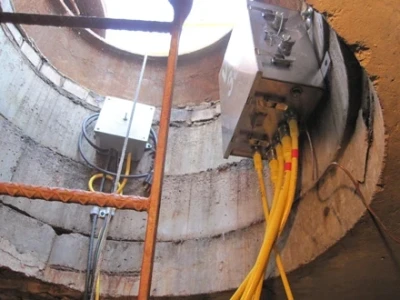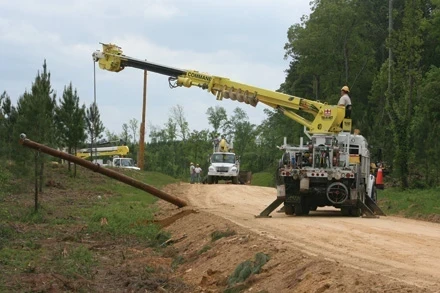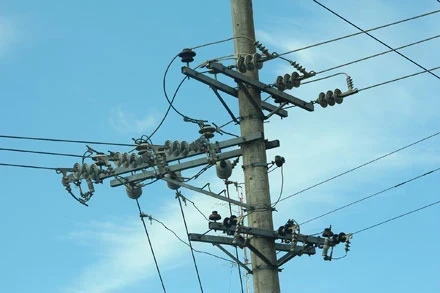Overhead T&D, Direct Current Technology
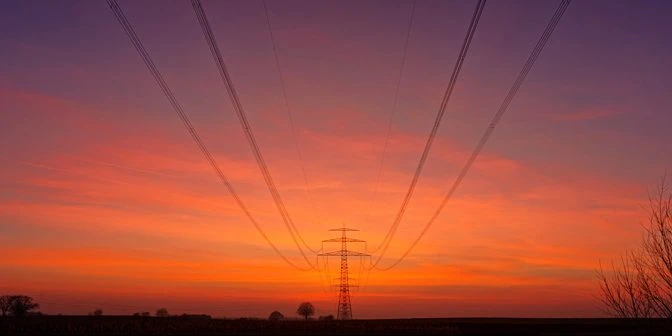
Direct current (DC) is the preferred technology for moving large amounts of power across long distances. DC results in overall higher efficiency and reliability than an equivalently-sized alternating current (AC) system moving the same amount of power.
The Advantages of DC
More efficient: Over long distances, DC transmission can move more power with less electrical losses than an equivalent AC transmission line.
Lower Cost: Higher efficiency means a lower transmission cost, helping renewable energy compete against other power sources.
Improved Reliability: HVDC transmission can enhance system stability, allow the operator complete control over power flow, and facilitate the integration of wind from different resource areas.
Smaller Footprint: DC transmission lines require narrower right-of-way footprints, using less land, than equivalent AC lines.
The major advantage of DC power lines is their efficiency—less energy is lost as it is transmitted and there is no need for reactive compensation along the line. Because DC (Direct Current) flows steadily through the wires without changing direction many times each second and through the entire conductor rather than at the surface, DC (Direct Current) transmission lines typically lose less power than AC transmission lines.
How HVDC Works
Historically, the transfer of electricity between regions of the United States has been over high voltage alternating current (AC) transmission lines, which means that both the voltage and the current on these lines move in a wave-like pattern along the lines and are continually changing direction. In North America, this change in direction occurs 60 times per second (defined as 60 hertz
[Hz]). The electric power transmitted over AC transmission lines is exactly the same as the power we use every day from AC outlets, but at a much higher voltage.
Unlike an AC transmission line, the voltage and current on a direct current (DC) transmission line are not time varying, meaning they do not change direction as energy is transmitted. DC electricity is the constant, zero-frequency movement of electrons from an area of negative (-) charge to an area of positive (+) charge.
Read full article in the Overhead and Underground T&D Technologies Special Edition 2023




